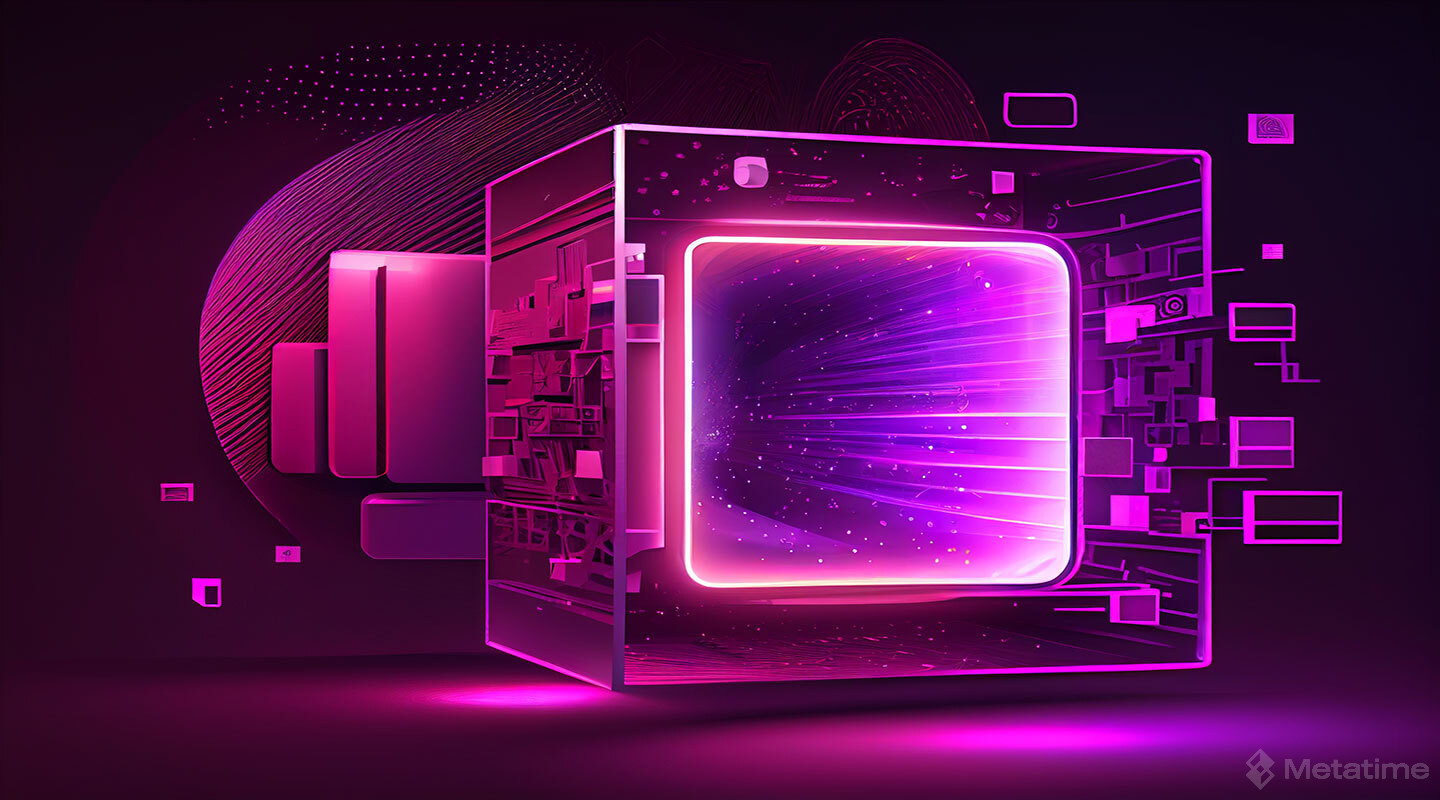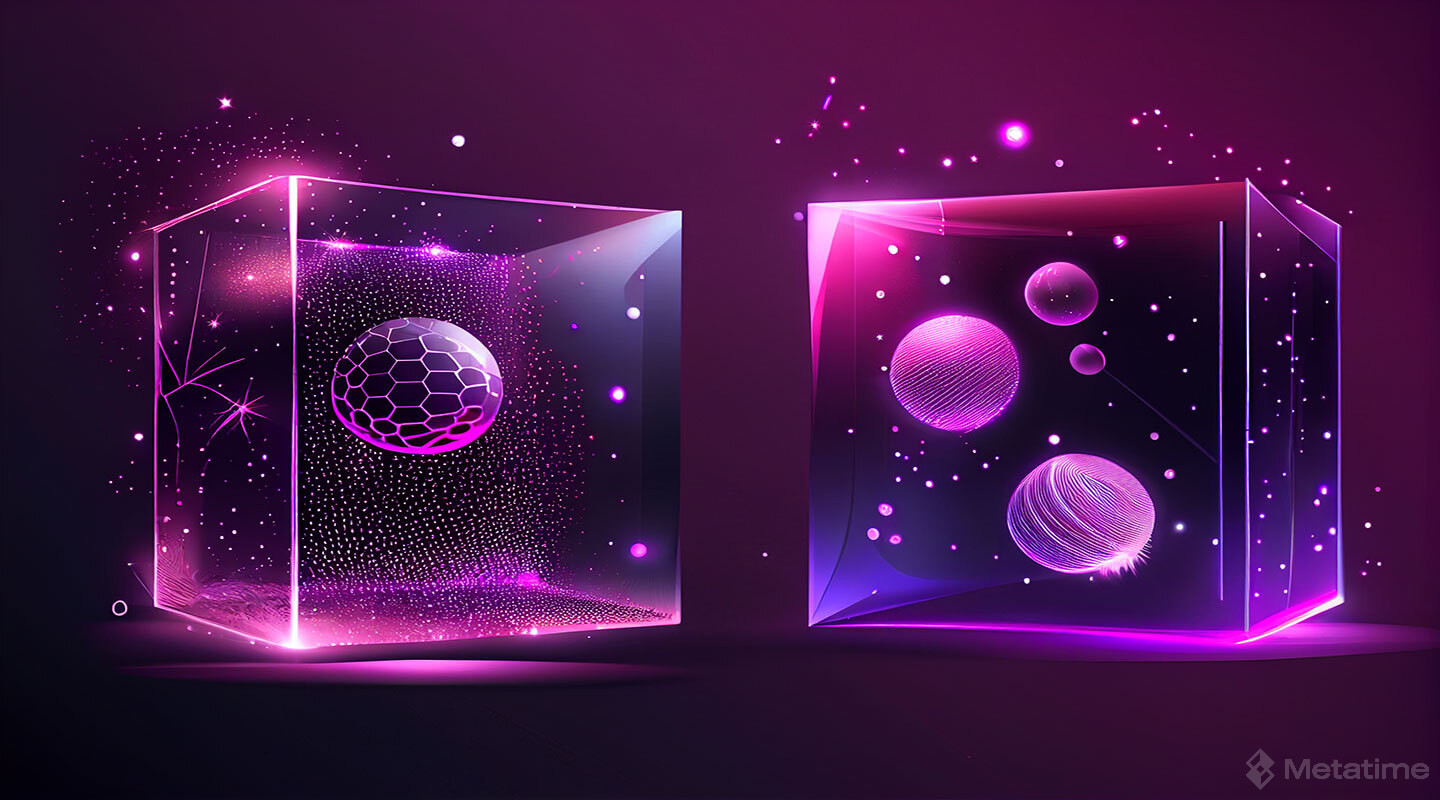Web 1.0 is considered the first and most primitive period of the Internet's discovery. Web 1.0, which refers to the first stage of Internet evolution, was invented by Tim Berners-Lee in 1989. Web 1.0 was a web technology where users could only view the internet but could not create content. The purpose of Web 1.0 was to create static web pages and share files such as text, audio, images, or video through these pages. Web 1.0 was not colorful and dynamic in hardware and software. HTML-based web pages were widely used.
Web 1.0 was based on websites that aimed to provide information to the user. In Web 1.0 technology, users could use the internet read-only. It was a read-only flow of information and served as an online library. There was no interaction with another user on the web page, no additions, and no shopping. Users did not have admin panels to create or edit content.
What Are the Features of Web 1.0?
Web pages are only intended to provide information. The pages cannot interact with the user and there is no admin panel structure for the user.
When users want to leave a comment on a content page on a website, they can only add comments on a page called the guestbook.
When a website is wanted to be created, a difficult process takes place. Each content may need to be written one by one.
Proprietary HTML tags provided by browsers cause incompatibility problems between websites and the user using a browser that does not support the tag.

The transition from Web 1.0 to Web 2.0
The transition from Web 1.0 to Web 2.0 took place from an information-only, read-only technology to a technology that is both readable and writable. As the users' need for information transfer increased and Web 2.0 met this need, Web 2.0 started to be used more frequently. In other words, Web 2.0 was preferred more by people as the shortcomings of Web 1.0 such as content creation and content storage were eliminated with Web 2.0.
What Is Web 2.0?
Web 2.0 is defined as the second era of the web's popularity, offering a user-centered environment. The concept of Web 2.0 was first used by Tim O'Reilly. It is a faster and more interactive version of the internet due to developments in web technologies such as HTML, JavaScript, and CSS. Web 2.0 provides users with a dynamic and bidirectional connection platform. Web 2.0 provides users interoperability, ease of use, and interaction between users.
It is also called the "social web" because it offers a platform where users can not only read but also interact socially. Through Web 2.0, users can create and share content. Every user can participate in the development and creation process. Every user can participate in the development and creation process. Web 2.0 also includes social media applications and websites such as Facebook, Youtube, Twitter, Instagram, Wikipedia, and Wikipedia. It provides admin panels and database services to users. Technologies and applications such as XML, API, and PSS have been developed due to needs such as e-mail, mobile device applications, and messaging.

What Are the Features of Web 2.0?
Web 2.0 defines a web that is both readable and writable.
It includes websites with features that prioritize access, organization, and sharing of information.
Management of website content can be intervened quickly and easily.
Through Web 2.0, websites are dynamic. Users can interact, communicate with other users and create and deliver content.
What Are the Differences Between Web 1.0 and Web 2.0?
Web 1.0 is all about reading content and information. Web 2.0 provides data to help users provide content to the internet.
While the information on Web 1.0 platforms cannot be modified, in Web 2.0 users can make edits.
While Web 1.0 only supported static pages, Web 2.0 supports dynamic content such as social media.
While in Web 1.0 there was no communication or interaction between users, in Web 2.0 communication can be realized through virtual and interactive applications such as online documents and cloud computing.
Web 2.0 offers users more interoperability between content providers and businesses. It emphasizes user-generated content.
Web 2.0 enables interaction, content sharing, and collaboration on websites.
Although Web 2.0 offers advanced technology as a solution to Web 1.0, it has become insufficient with the increase in usage needs. The biggest disadvantage of Web 2.0 is that it stores data in a centralized way. For instance, a user who wants to register for an application provides personal information. This information can be shared with third parties by the application companies providing the service and used for profit. In Web 2.0, users do not have a say over their assets. Users need third-party intermediaries to manage their assets. This kind of problem gave birth to Web 3.0.







